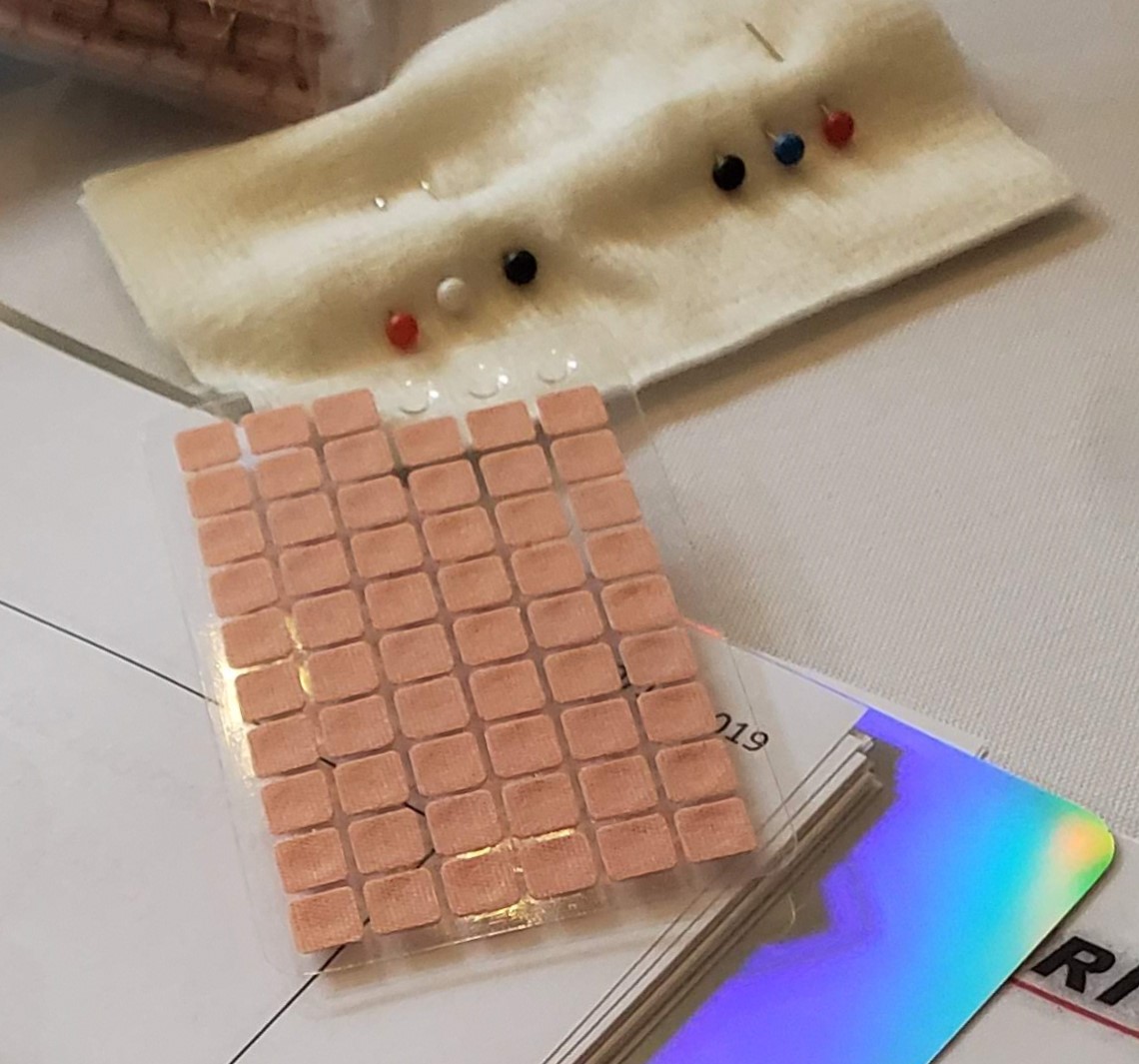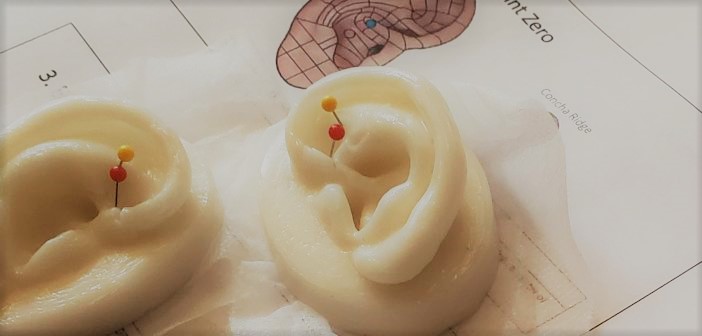We think it could.
It’s the premise of Chao Hsing Yeh’s research, which examines how oncology nurses can integrate auricular point acupressure into the everyday pain management aspect of inpatient nursing care. It’s currently being implemented at the Sidney Kimmel Comprehensive Cancer Center (Johns Hopkins Hospital). Now nurses can select “auricular point acupressure” as a pain intervention option listed in EPIC (the electronic medical record) because of this study.
This week, ten nurses from Sidney Kimmel’s inpatient oncology units attended the Auricular Point Acupressure Workshop (funded by the Brager Award) to learn the procedure. It’s the first phase to test out the intervention.
So what is the procedure? And how does it work?
A master of auricular medicine, Chao Hsing Yeh, PhD, MSN, RN, FAAN, demonstrates the non-invasive and nonpharmacological technique.

First, she asks a person where on their body the pain is, and then locates the part of the ear that corresponds to that particular body part.
Second, she uses a probe to test for tenderness in appropriate ear points.

Then she places a small vaccaria seed on the tender spot to help decrease the person’s pain.
The seed is attached to a small bandage that sticks to the ear. The seed has no medicinal value, it’s just about the same size as the point of Dr. Yeh’s probe.
Last, Dr. Yeh presses the seed directly on the tender spot she identified.
And voila! When pressed, it’s an instant reduction in pain.
“It’s self-management,” Dr. Yeh explains. The patch sticks to a person’s ear for up to five days, and they can press it to alleviate pain. Within a minute, a nurse in the workshop noted that pressing the seed brought his back pain down from a six to a zero on a “zero to ten” pain scale. It’s a noninvasive way to address pain that nurses can apply without an order from a provider.
Is auricular point acupressure really effective for the kind of pain associated with cancer?
“There is a broad spectrum of pain associated with cancer,” explains Barb Van de Castle, DNP, ACNS, RN, BC, OCN. She is co-principal investigator with Dr. Yeh. “There can be acute pain and also deep aches.” Especially when symptom management for chemotherapy comes into play.
For example, mucositis is a common—and very painful—side effect of chemotherapy.
“Have you ever had a sore in your mouth?” Dr. Van de Castle asks. “Imagine you have many of those sores from your mouth to your anus.”
That’s an acute example. There are also deep bone aches.
While this treatment will not stop the patient’s pharmacologic use of pain medications when required, it is promising because it has the potential to reduce pain significantly without opioids or other more invasive options. And we are ever on the lookout for a noninvasive first treatment for pain.
We look forward to auricular acupressure becoming more accepted in the mainstream.

Read more:
- Dr. Bruce Schoneboom and the HHS Pain Task Force
- Advice to Nurses Considering a Career in Oncology
- Believe Me When I Say That I’m In Pain
- DNP Adult-Gerontological Acute Care Nurse Practitioner

ABOUT THE AUTHOR: SYDNEE LOGAN
Sydnee Logan is the Social Media and Digital Content Coordinator for Johns Hopkins School of Nursing. She shares what’s going on here with the world.

